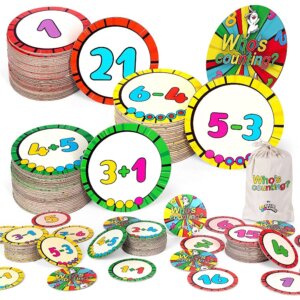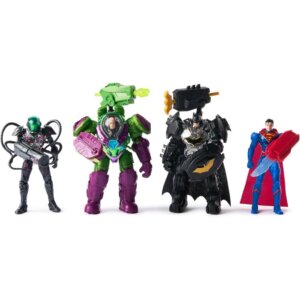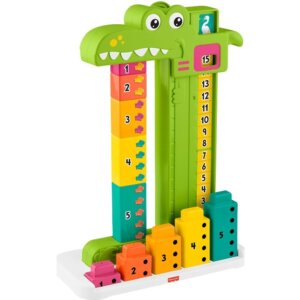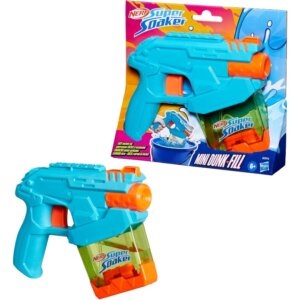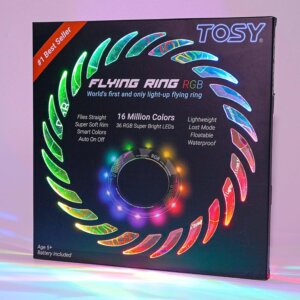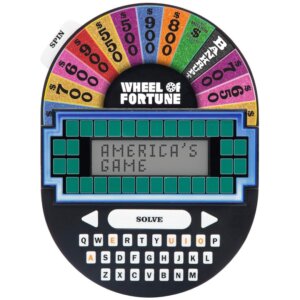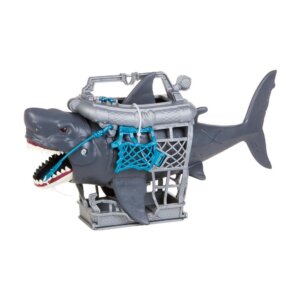Who’s Counting? Review
Share!
Editor's Review
Who’s Counting? makes math a fun game! Or rather, multiple games, as there are seven ways to play! The games are divided into two levels, one for preschoolers (3-4-year-olds) and one for ages 5 and up. Each game tells you what color cards you will need and what level it is for.
The first game, Count Them, is a level one game that only uses the red number cards. In this game, a parent or teacher randomly scatters the cards on the floor with the numbers facing up. Kids then arrange the cards side by side in numerical order, from low to high or high to low. You set up the second game, Even and Odd, in the same way, but now kids must group the numbers into one row of even numbers and one row of odd numbers. And Game 3, Face Up, starts the same way, too, but now kids must find all cards that are higher or lower than a given number. Games 4 and 5 (Next Up and Face Down) build on the previous games through different activities that ask kids to place the cards in numerical order.
The last two games require the red number cards, the green addition cards, and the yellow subtraction cards. In Find Five, kids must find the five addition or subtraction equations that equal the number card shown. To make this game harder, ask kids to arrange the equations in ascending or descending order. And Double Find is a memory and matching game where players turn over two cards in hopes of matching a number to an equation. Collect the cards if you successfully make a match, and the player with the most cards wins.
A lot of these games can be played solo, while other games are for two or more players. You can also get creative and design your own games.
The game comes with 81 Match Cards (31 numbers, 25 addition, 25 subtraction), instructions, and a carry bag.
Price Check
Should I get it?
Parents who are looking for ways to make learning math fun will appreciate this game’s variety of activities, some of which also require physical activity. Who’s Counting? would be a fun addition to a classroom or for extended learning at home.

